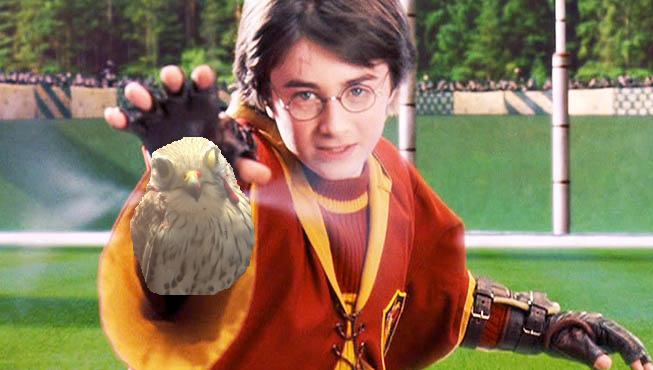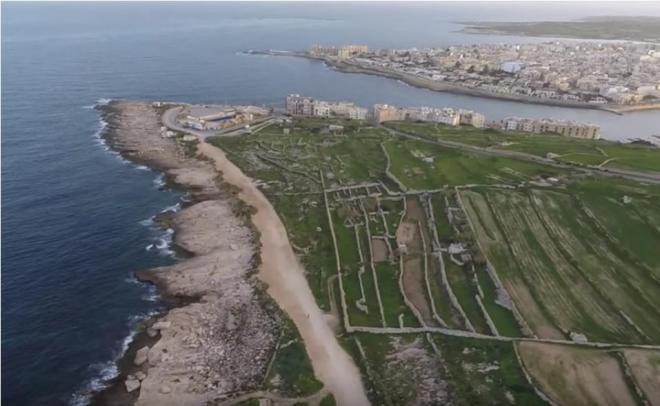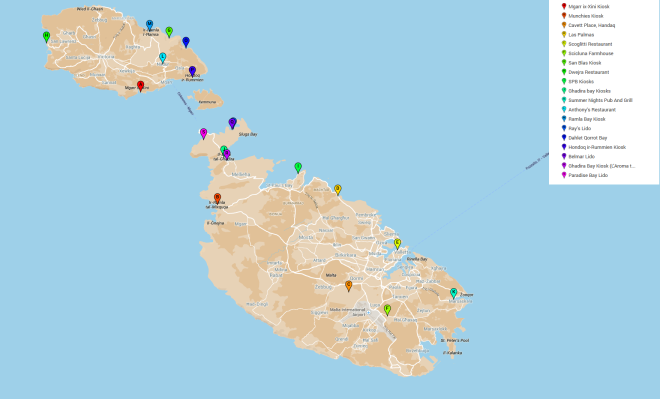As expected, the illegal spring hunting season has been closed early due to a spate of hunting illegalities occurring over the past couple of days. With one swish of his magic wand, Prime Minister Joseph Muscat closed the spring hunting season, to the delight of No voters and to the outrage of the other ones. This is what I have learned from this year’s edition of the Eurovision Song Contest Spring Hunting season.
Lesson 1. Turtle doves and Quails are masters of camouflage
Ah yes, this lesson kicked off the spring hunting season with a not so proverbial bang. On a clear Wednesday morning on the 15th of April, a turtle dove made its way casually to Manikata. However, seeing as this morning was decidedly chillier than usual, this turtle dove stopped by Mecca Carnival and Toy Store in St Paul’s Bay and purchased a feather coat.
Upon arrival at Manikata, a lone hunter named Stefan Micallef mistook this turtle dove for a cuckoo. This story has a sad ending for both parties…the bird met an untimely death, while the hunter was publicly shamed and sentenced in court.
Hunters should read the following Idiot’s Guide to Spring Hunting to avoid such a recurrence.
Lesson 2. Cuckoo stew is totally IN this season
This year we learnt that quail and turtle dove dishes are a bit passé. The hunting community is trying to break gastronomical ground by introducing a new staple addition to the local cuisine – Cuckoo. Be it a stew, on a barbecue or your run-of-the-mill Sunday roast, Cuckoo is definitely the meat of the season.
More updates will follow once the hunting community comes up with recipes in collaboration with Farah (fil-Kcina ma Farah) and Sean Gravina (Gourmet TV), including a weight loss edition featuring Marion Mizzi.

Roast cuckoo could very well be the new appetizer bars give out to customers. (Photo credit: Scott Edelman)
Lesson 3. New sport for St. Edward Students
We have all heard about the alarming rise in obesity amongst Maltese children. Physical activity in schools has become a central area of growth for the Maltese education sector. Hunters are also doing their part in this field, as this season they managed to invent a new sport, using St Edward’s College as a case study.

I give you “Dodge the Kestrel”.
The rules are quite simple – school children need to dodge a bleeding kestrel bomb from falling on top of their heads. This game is loosely based on Quidditch, in that the ‘seeker’ can win a ton of points if they manage to catch the bleeding kestrel in mid-air. While there may be some traumatic repercussions for squeamish and kind-hearted kids, this new activity is very well suited to usher these children into adolescence.
Lesson 4. Positive reinforcement
And they say that Maltese people do not have a big heart!! This year, we learnt that no matter what hunting illegality you commit, you are a victim of circumstance and those posh, pepe, tree hugging freaks have no business bitching about you on social media.
Shot a Dutch child? Killed a protected bird? Trespassed on protected land?
Not to worry!! Hunters will donate money so that you pay your fine, allowing you to Not learn your lesson so that you can commit the same crime again!
Positive reinforcement!
Lesson 5. New form of addiction in the Maltese Islands
Malta may have just discovered the best form of addiction to ever grip the world population. Toss your liquor out the window, leave that casino, put out your joints and stop downloading that porn – hunting is the new addiction!
It meets the best criteria possible that make other forms of addiction all so socially unacceptable. Hunting does not create a gaping hole in your finances, it does not harm your body, and is actually found to increase family resilience over a long exposure of time.
Furthermore, as an added bonus, the taxpayer has to pay for your addiction, so you can literally do whatever you want! In addition, if you do happen to get caught, your fellow hunters will pay your fines as well (Lesson 4)!
Sedqa please take note.
Lessons 6. Shooting people is officially acceptable, especially foreigners
It has been speculative for quite a number of years now, but we can proudly confirm that people may get shot at during the spring hunting season. However, the probability of this occurring depends on where you fall on the list below. The further you move down the list, the greater the chance of a lead pellet shower to freshen up your day.
- Prime Minister Joseph Muscat
- Maltese hunter
- Maltese non-hunter
- Foreigner
- Teenager
- Dutch
- BirdLife and/or CABS volunteer
- Affiliated with Saviour Balzan and/or Moira Delia

If you happen to be a Flying Dutchman, just head over to the Canary Islands for safety. (Photo credit: theguestale)
Lesson 7. Updated concept of ‘Public land’
The Maltese have always had an atypical definition of what public land is. Traditionally, any land that has not been ‘conquered’ by someone is deemed as being public. However, during the hunting season, what remains of the public land is temporarily ‘conquered’ by hunters.
As such, the term public land is henceforth updated to meaning:
“Land that is held by central or local government, but used exclusively by hunters during the spring hunting season since these claim to have rights to do whatever they want”.
Entering what you think is public land may be quite dangerous, especially when one takes into account Lesson 6.
Lesson 8. Convicts can still own a gun!
In Malta, we strongly believe that equality is an important factor in our society. This is why our government and police force are not necessarily bothered about who is issued a hunting licence and allowed to carry a loaded gun in public.
If you happen to have been through the same turmoil as Shaun Demicoli did, do not despair! Even though Shaun punched a police constable, resisted arrest and was also charged with attempted murder, our police force and government deemed him responsible enough to carry a weapon in the wee hours of the morning.
Lesson 9. Gozo is the best place to commit a crime during the spring hunting season
Who ever said that enforcement was easy was a blatant liar! As expected, there is not enough personnel to monitor all the hunters in Malta. This year, CID (Criminal Investigation Department) officers were temporarily redeployed for monitoring purposes till the end of the hunting season.
Therefore, it stands to reason that Gozo is a prime location for crime during the spring hunting season, since most of the police officers will be monitoring the hunters! Criminals rejoice!
While this is sad news for Gozo, the Gozitans did allow for the Yes vote to win, so lump it I guess.
Lesson 10. Joseph Muscat FINALLY reveals his “Flagrant level of abuse”
Our Prime Minister has kept the entire 49.8% of the voters on tenterhooks for the past two weeks. He said that he would not tolerate ‘flagrant abuse’, but did not provide further information of what abuse he was referring to, driving people absolutely manic with curiosity.
It is a shame that the hunting season was closed yesterday, as UBet was just about to issue odds for punters to guess when and what will cause the spring hunting season to close.

St. Edward’s College students are not well suited for Dodge the Kestrel it seems (Photo credit: TimesofMalta)
Alas, our Prime Minister revealed his flagrant level of abuse. It wasn’t the illegal hunting, the trespassing and the shooting of a Dutch teenager, but it was a game of Dodge the Kestrel (Lesson 3) that went horribly wrong.
If only the hunters did not use St Edward’s College as a case study, but instead focused on the Junior Lyceum in Hamrun; the former schoolchildren are simply way too touchy.
* * *
Till then, I will see you next year for yet another illegal spring hunting season which the government will sanction, and which will probably close again once the level of abuse meets the new ‘level of flagrancy’ set by the Prime Minister for the next season.
Stay tuned for the illegal Autumn bird trapping season coming soon…
DISCLAIMER: as a side note to all non-Maltese readers, the above lessons are shamefully based on true events.


























